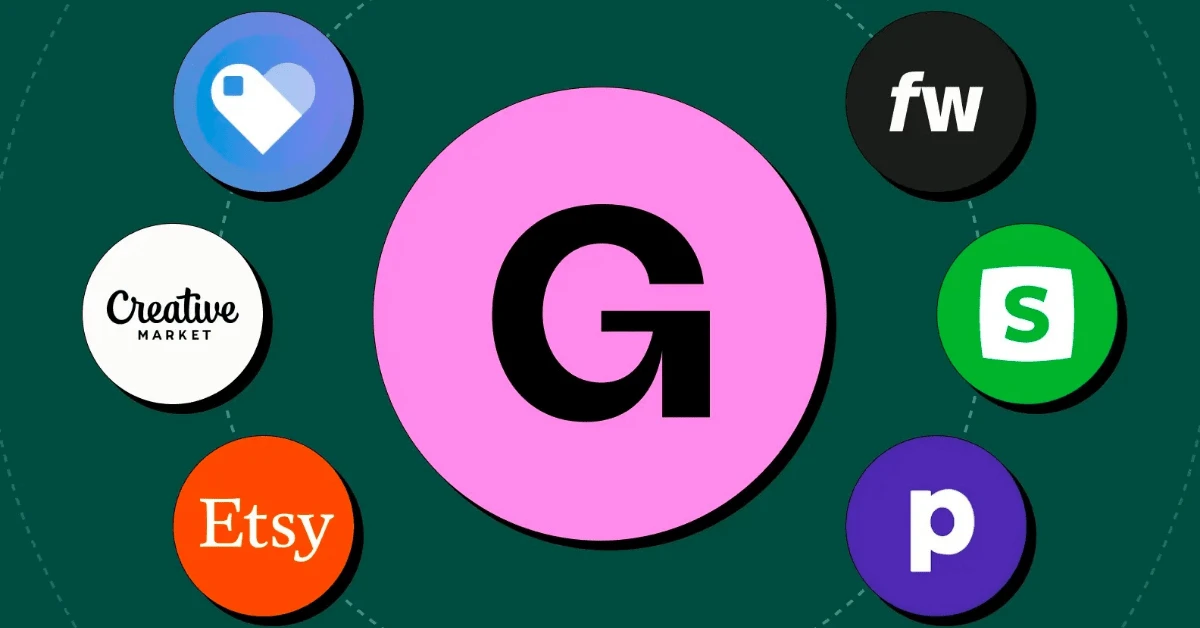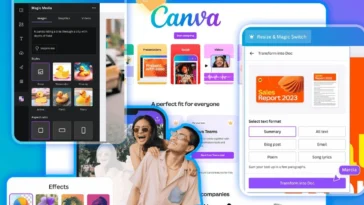Selling digital products can be highly profitable, but choosing the right marketplace is crucial for reaching your target audience, maximizing sales, and growing your brand. In 2025, several platforms stand out for digital creators.
1. Etsy
Etsy is known for handmade and digital products, making it ideal for creators of templates, planners, graphics, and printables.
- Pros: Large established audience, easy-to-use interface, strong SEO support
- Cons: Transaction and listing fees, high competition
- Best for: Creators selling niche digital products like printable planners, design templates, and art
2. Gumroad
Gumroad is perfect for creators who want direct control over their products and sales.
- Pros: Simple platform, flexible pricing, subscription options, and email marketing tools
- Cons: Less traffic compared to Etsy, you must drive your own audience
- Best for: Digital courses, ebooks, templates, and memberships
3. Creative Market
Creative Market focuses on high-quality design resources for professional creators.
- Pros: Exposure to design-savvy buyers, built-in promotion, and analytics tools
- Cons: Limited control over pricing, competition with established designers
- Best for: Templates, graphics packs, fonts, and premium design resources
4. Envato Elements / ThemeForest
Envato caters to creators in need of professional digital assets, including web templates, graphics, and video resources.
- Pros: Large audience of designers and developers, strong brand recognition
- Cons: Strict approval process, revenue sharing model
- Best for: Web templates, WordPress themes, stock graphics, and multimedia
5. Self-Hosted Stores (WooCommerce, Shopify)
Selling through your own store gives complete control over branding and pricing.
- Pros: Full control, no marketplace fees, branding freedom, direct customer engagement
- Cons: Requires marketing effort to drive traffic, setup costs for hosting and plugins
- Best for: Digital product bundles, courses, and high-value premium templates
How to Choose the Right Marketplace
- Consider your audience – Where do your potential customers already shop?
- Evaluate fees – Some platforms take a higher percentage per sale.
- Branding control – Decide if you want your products to reflect your personal brand fully.
- Ease of use – Choose a platform that fits your workflow and skill level.
Pro Tip: Many successful creators use a combination of marketplaces and their own store to maximize exposure and sales.





 No products in the cart.
No products in the cart.